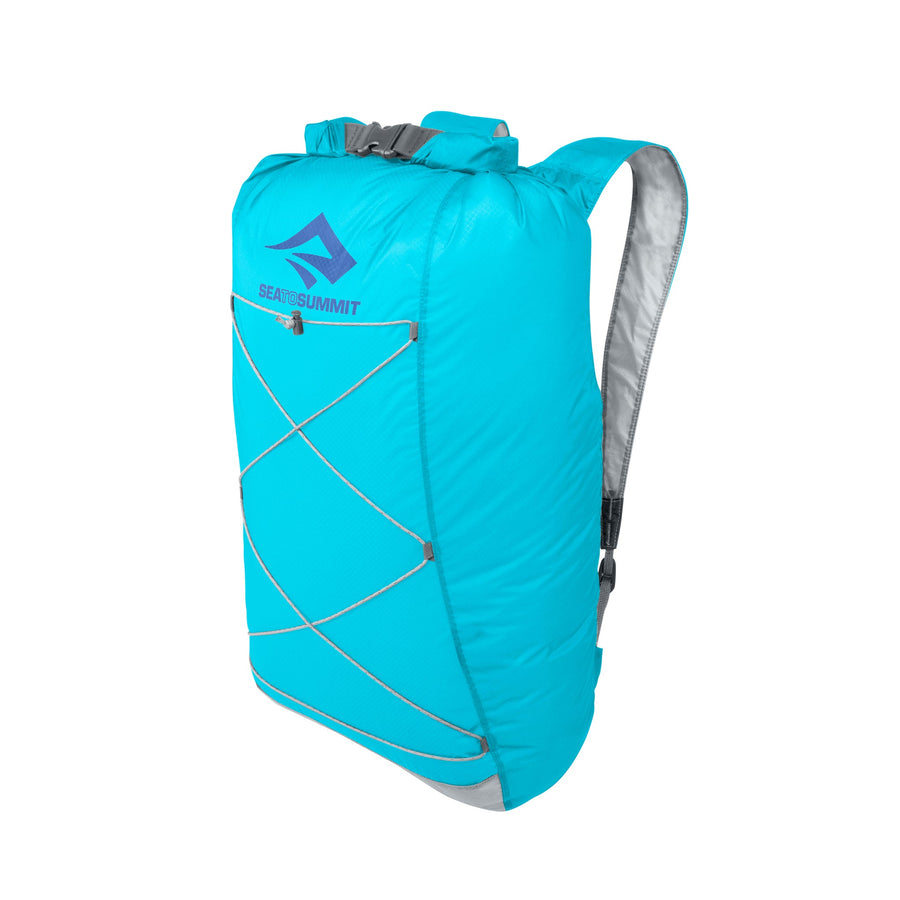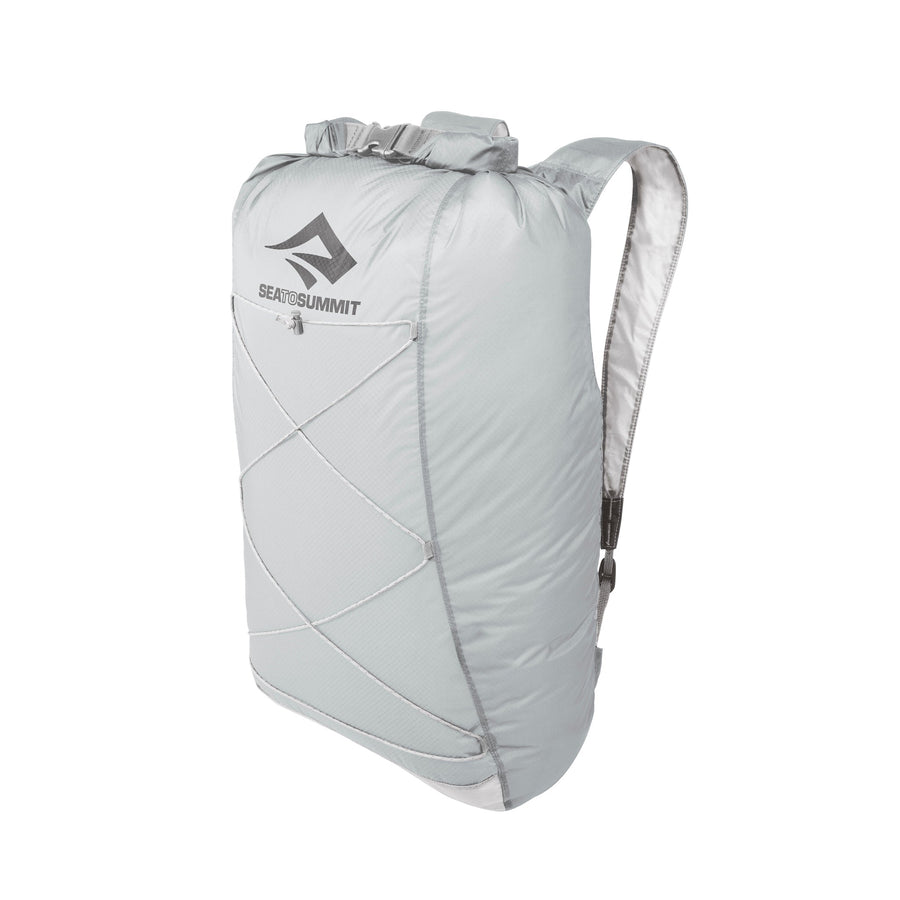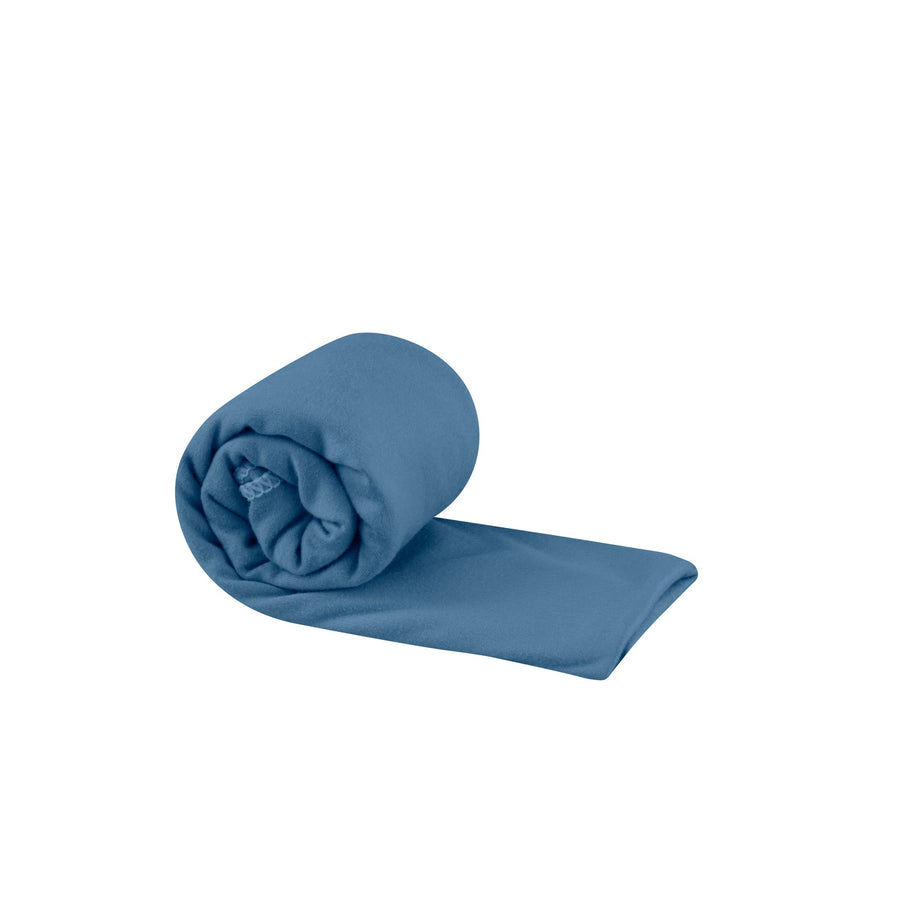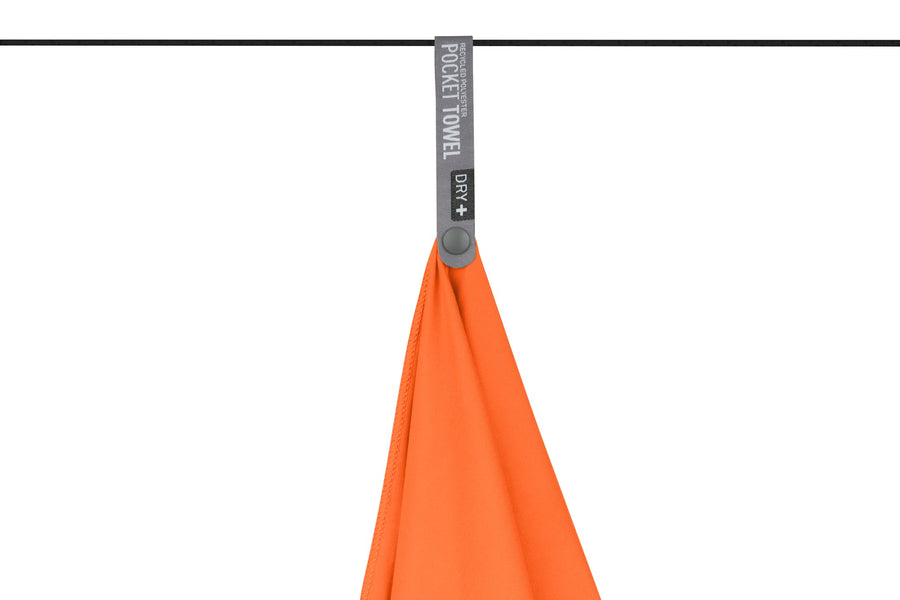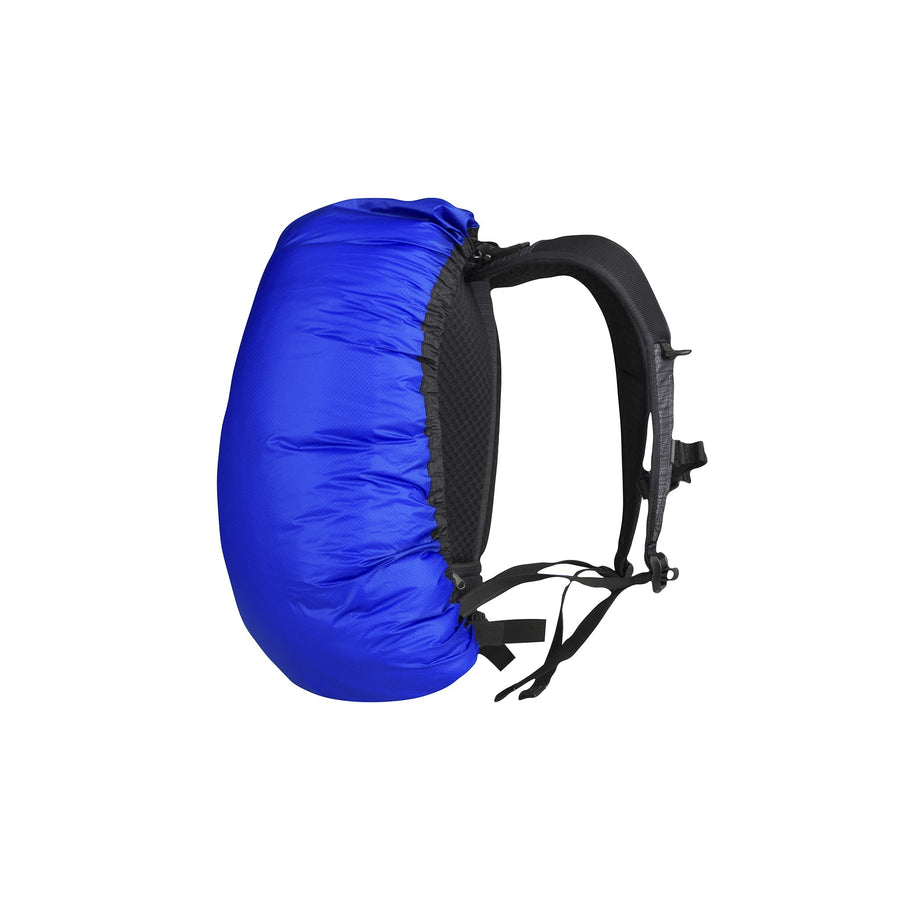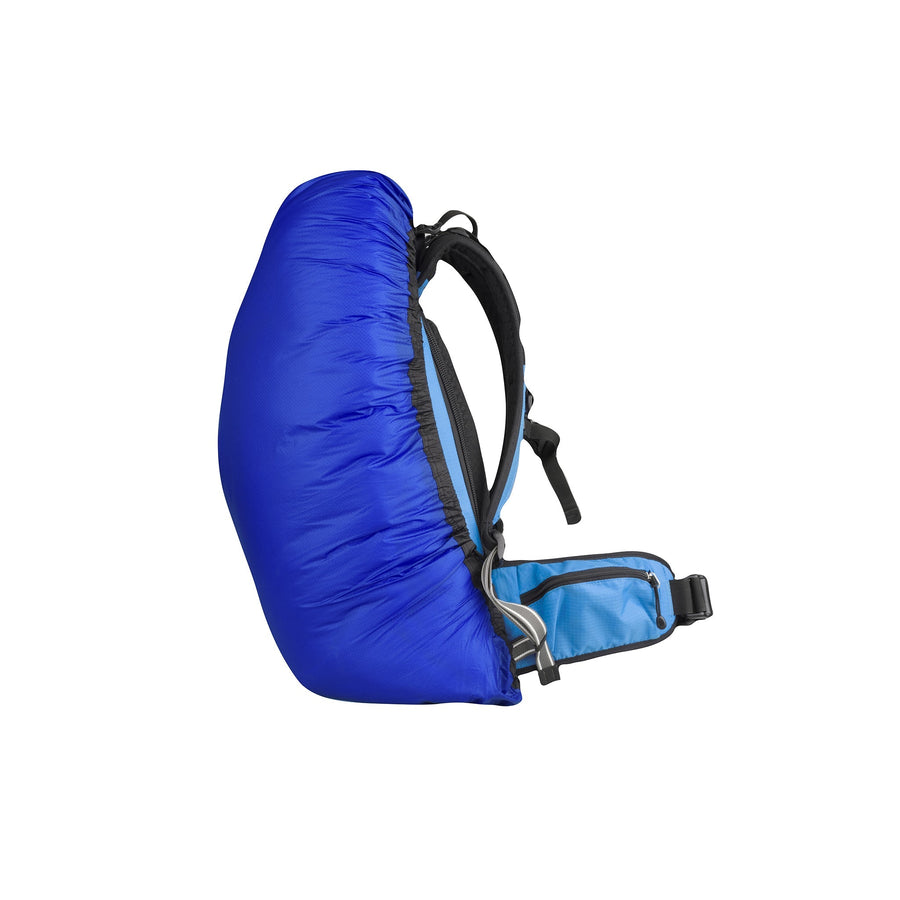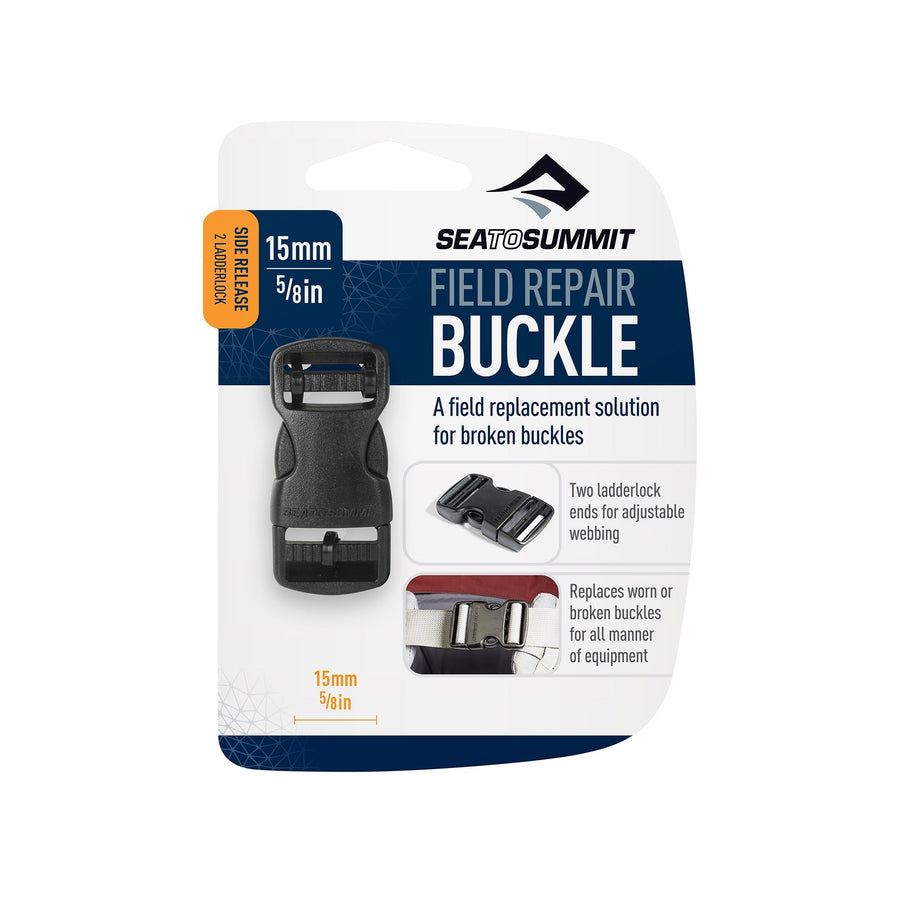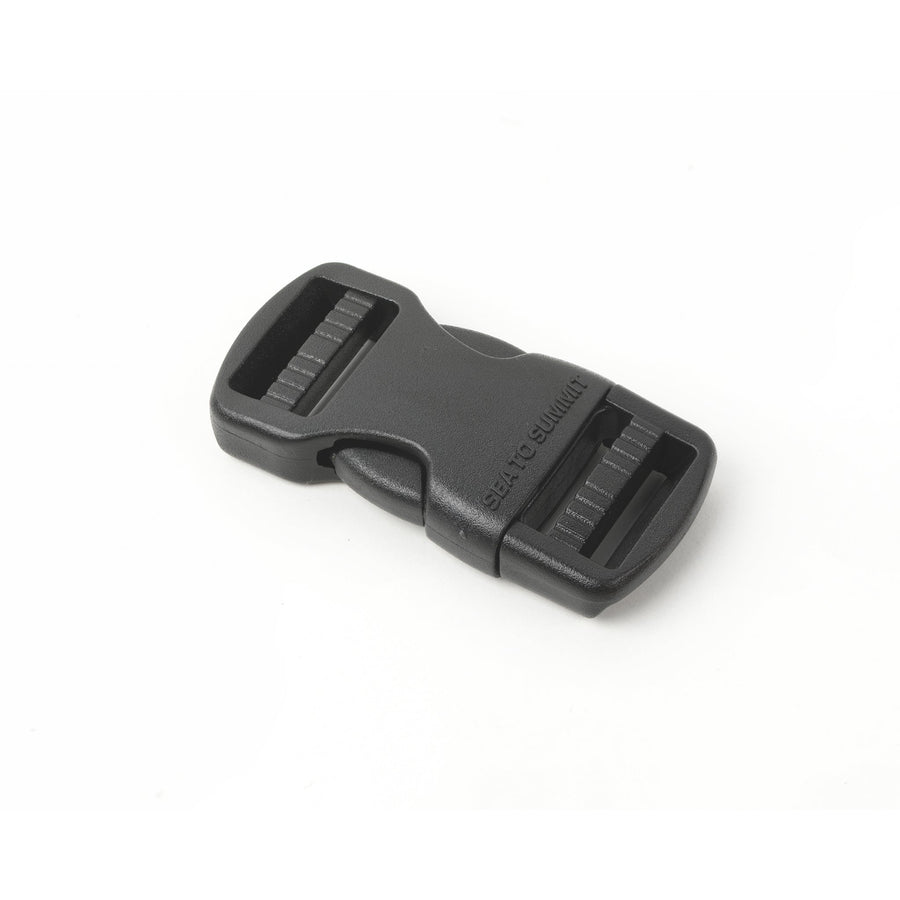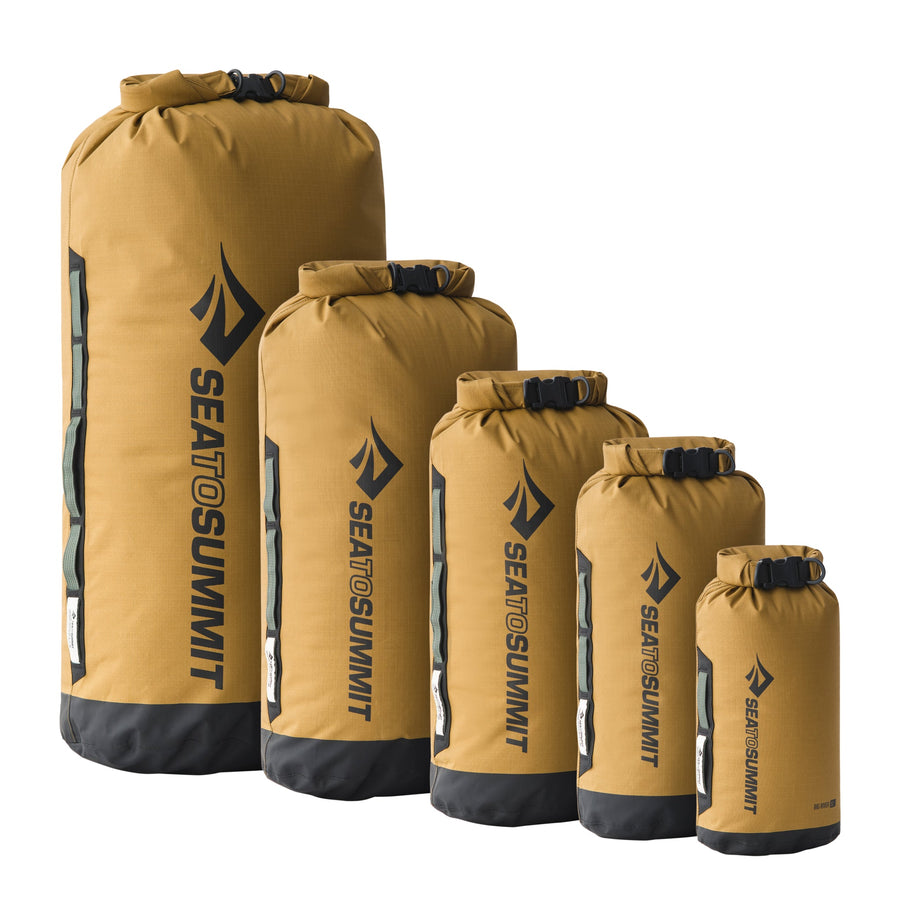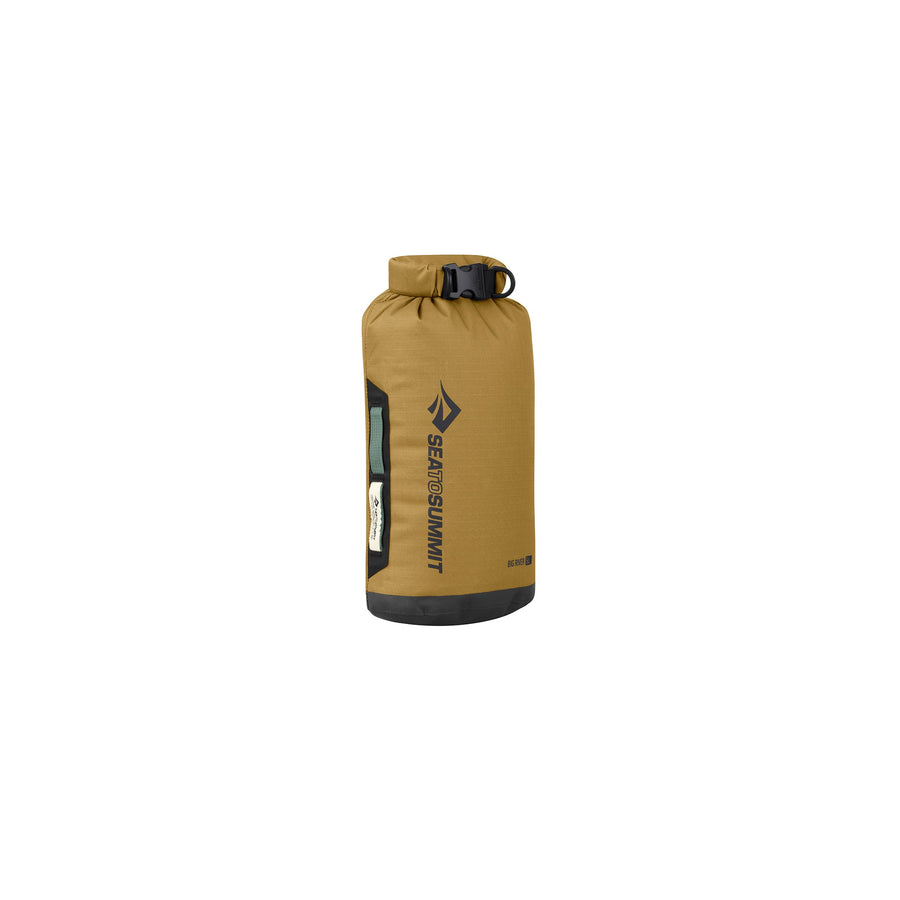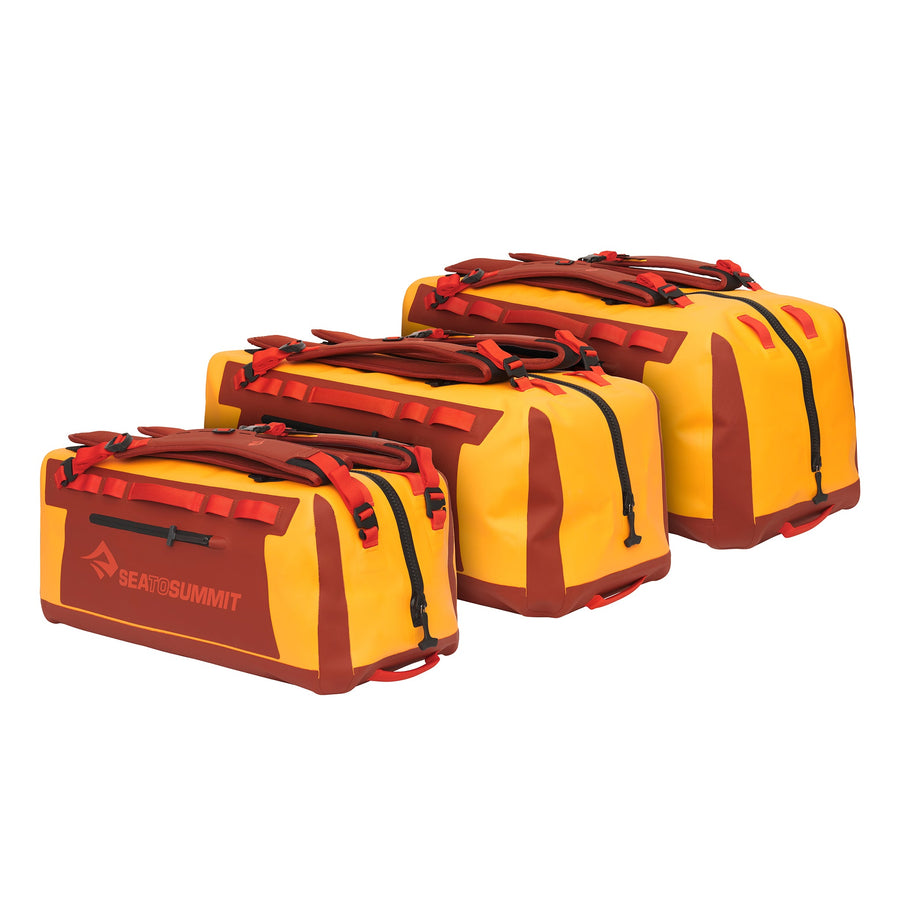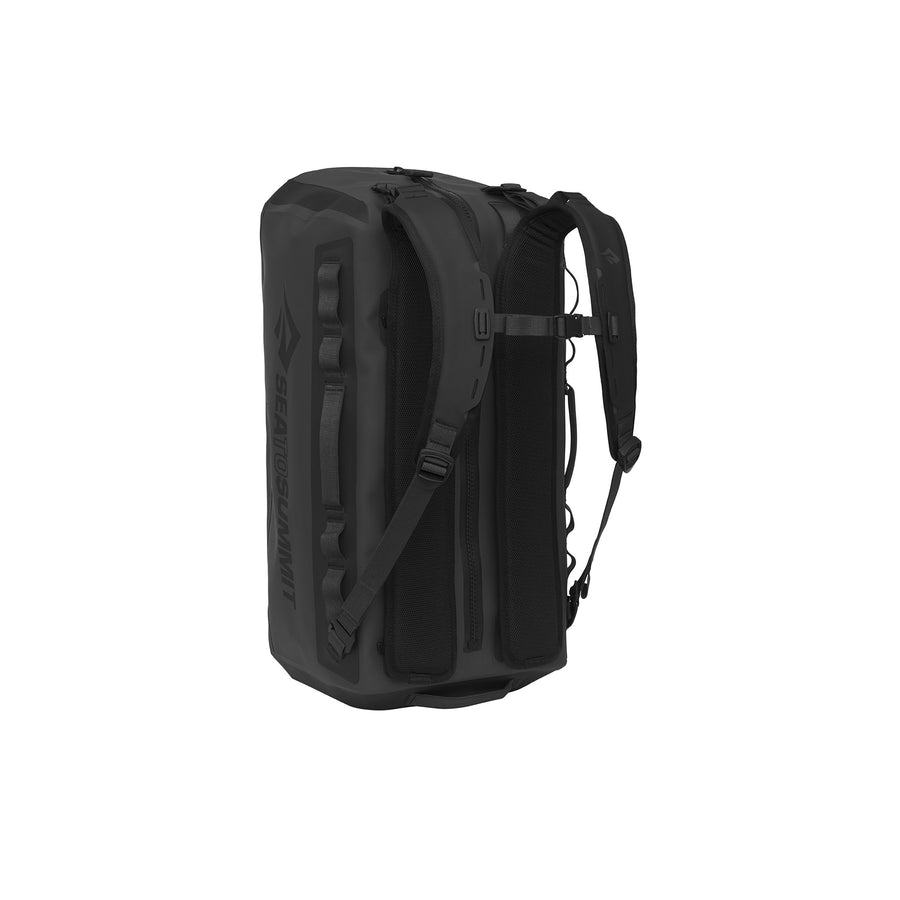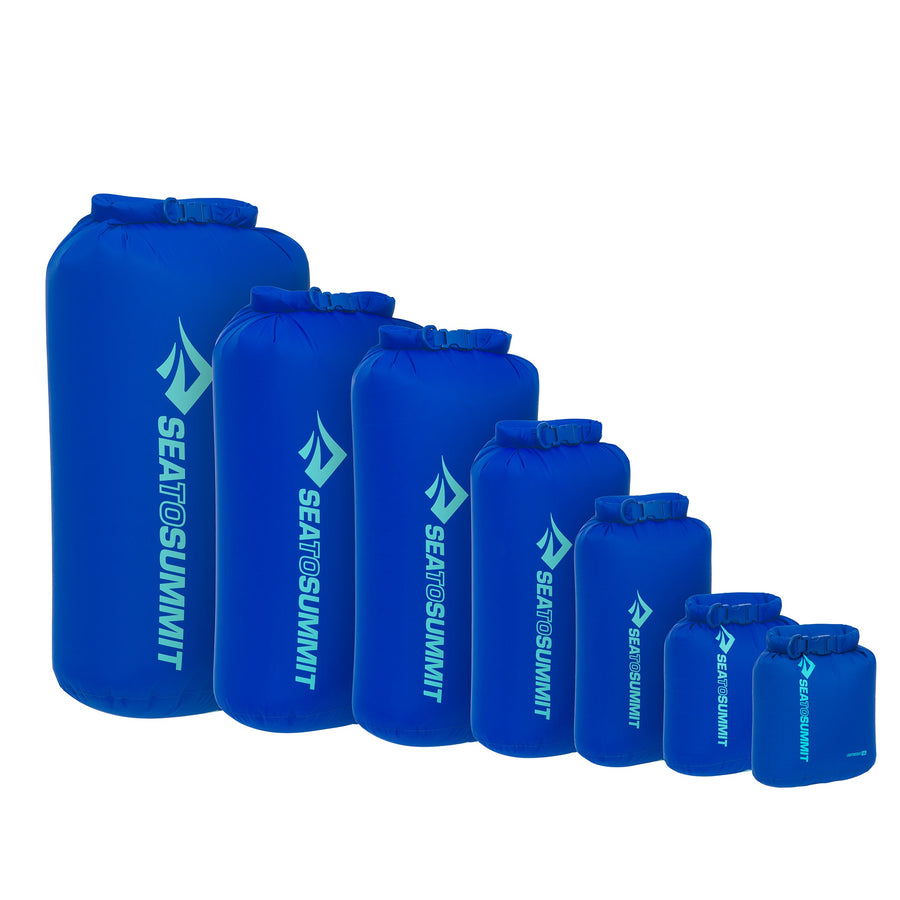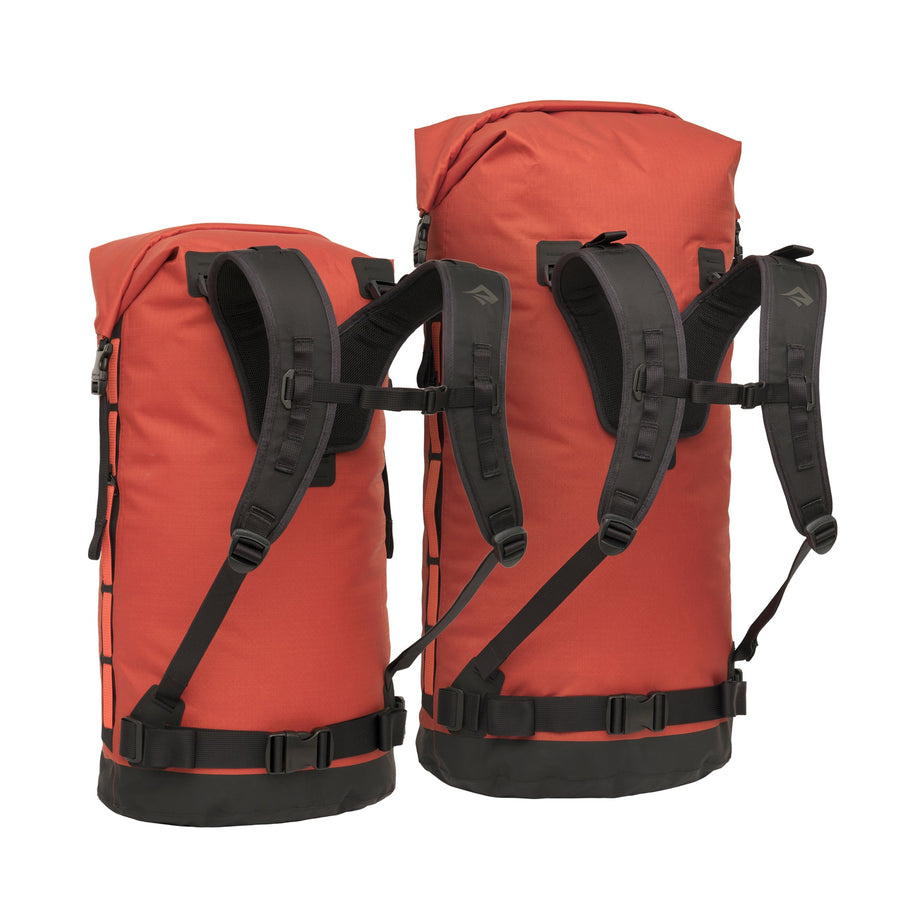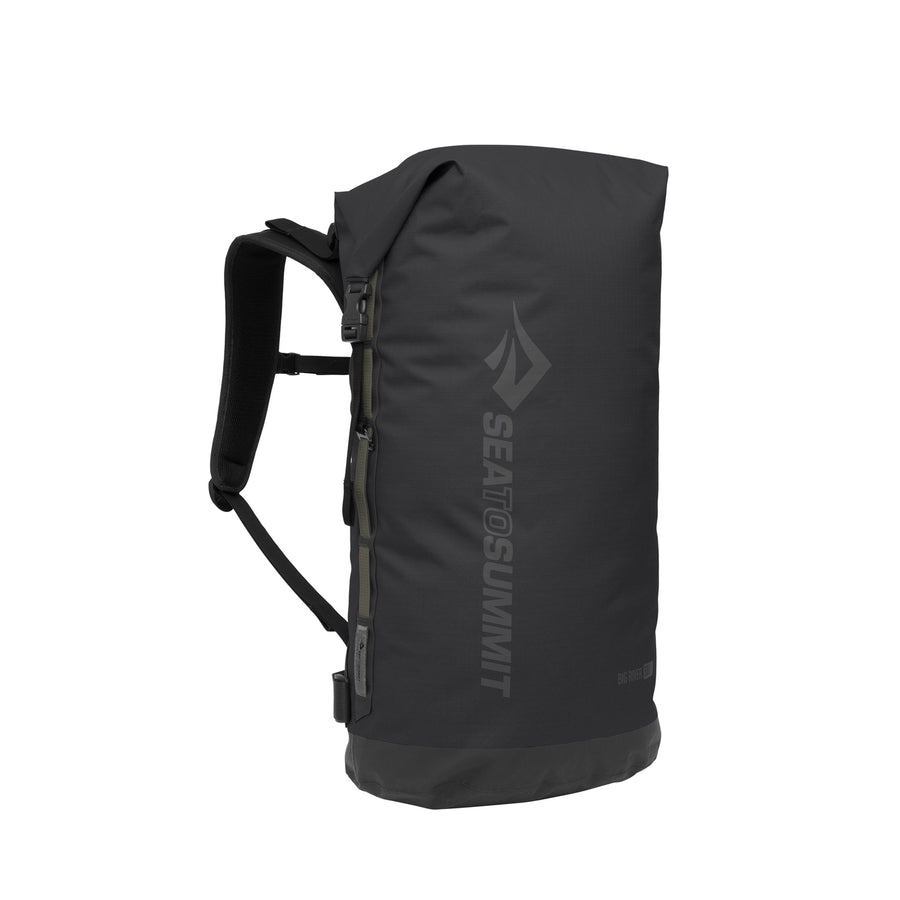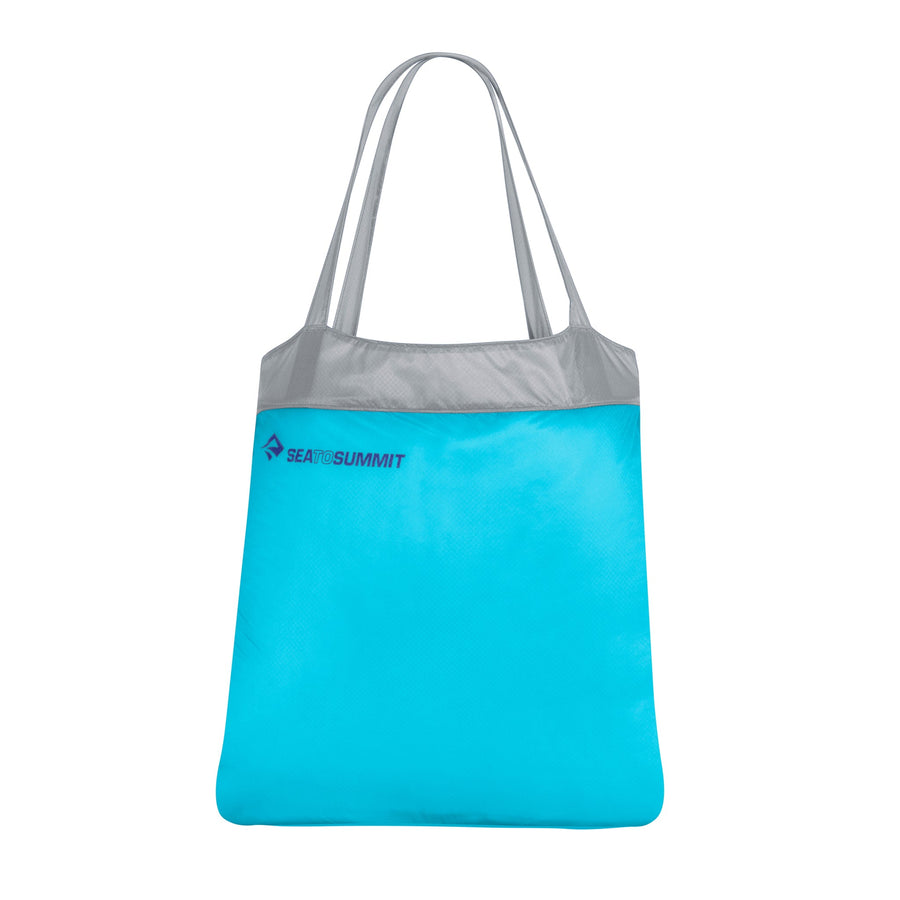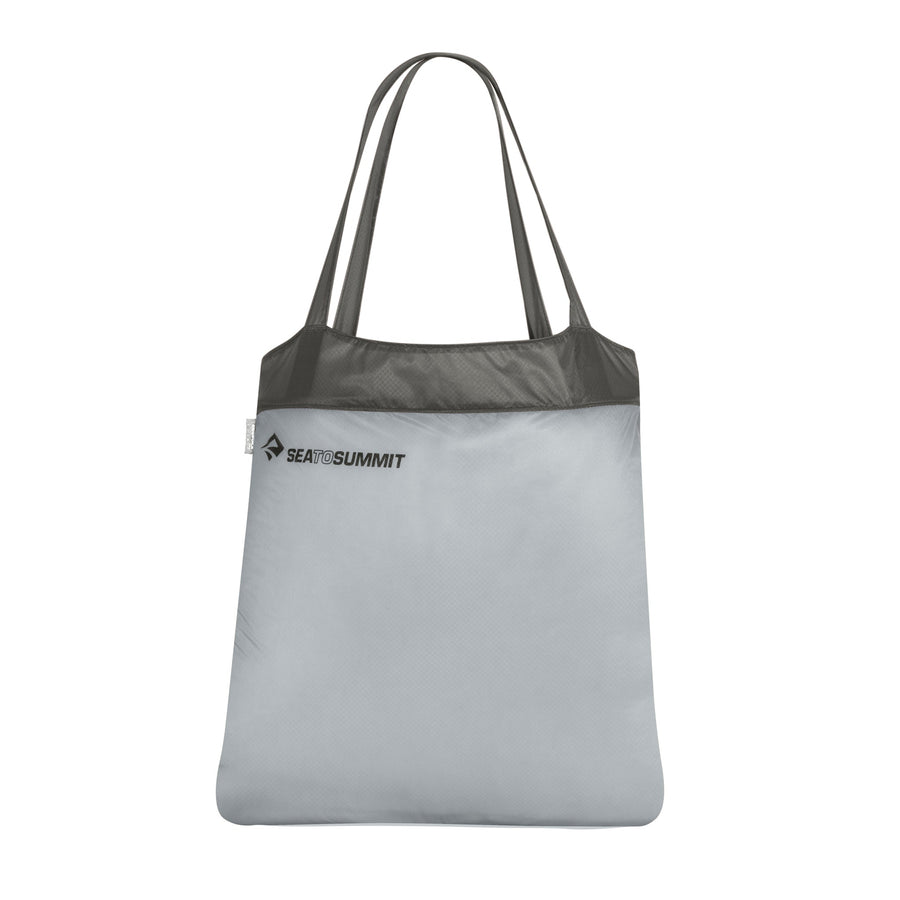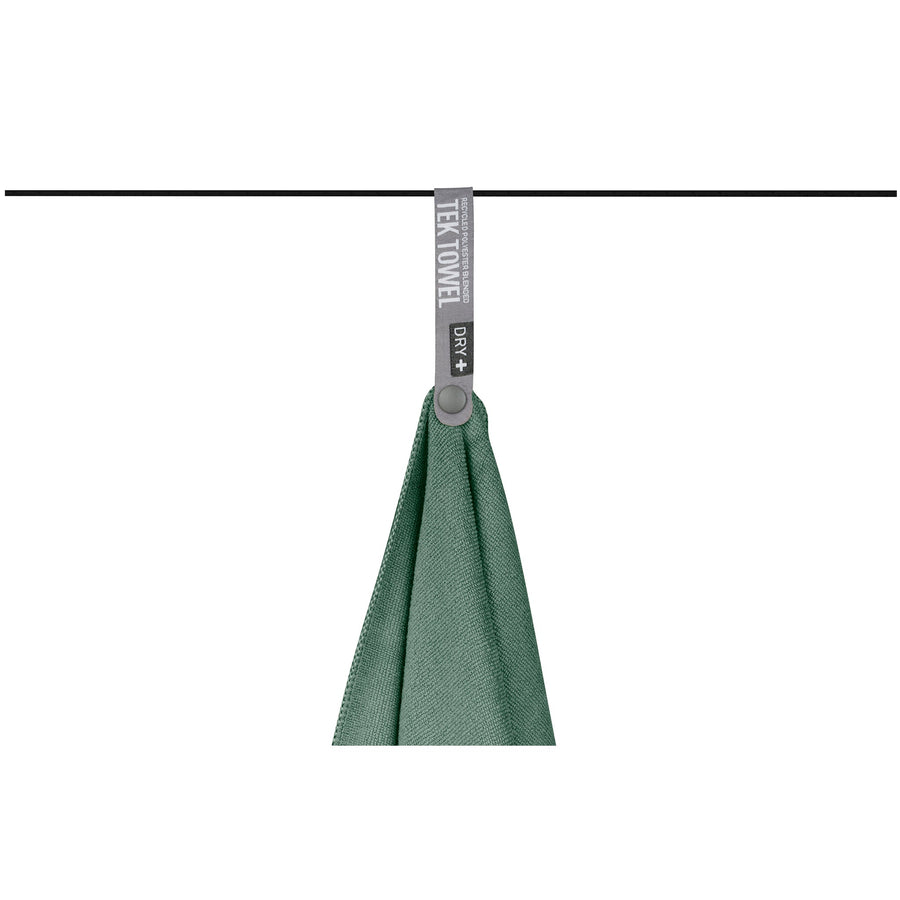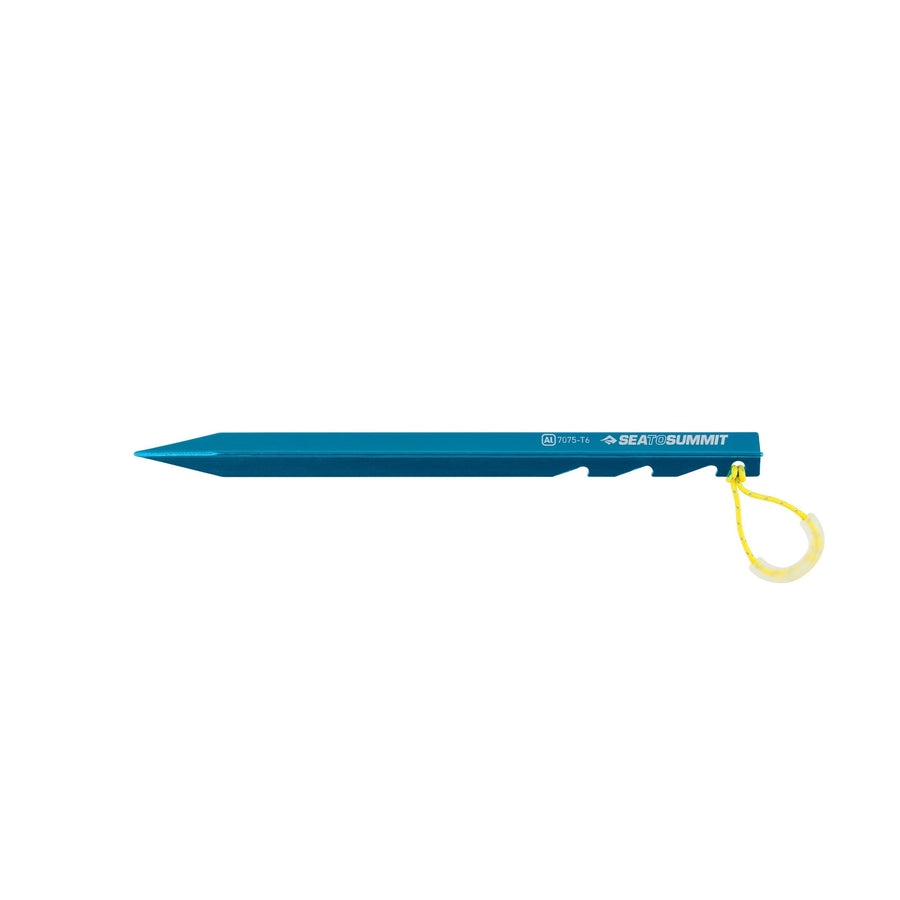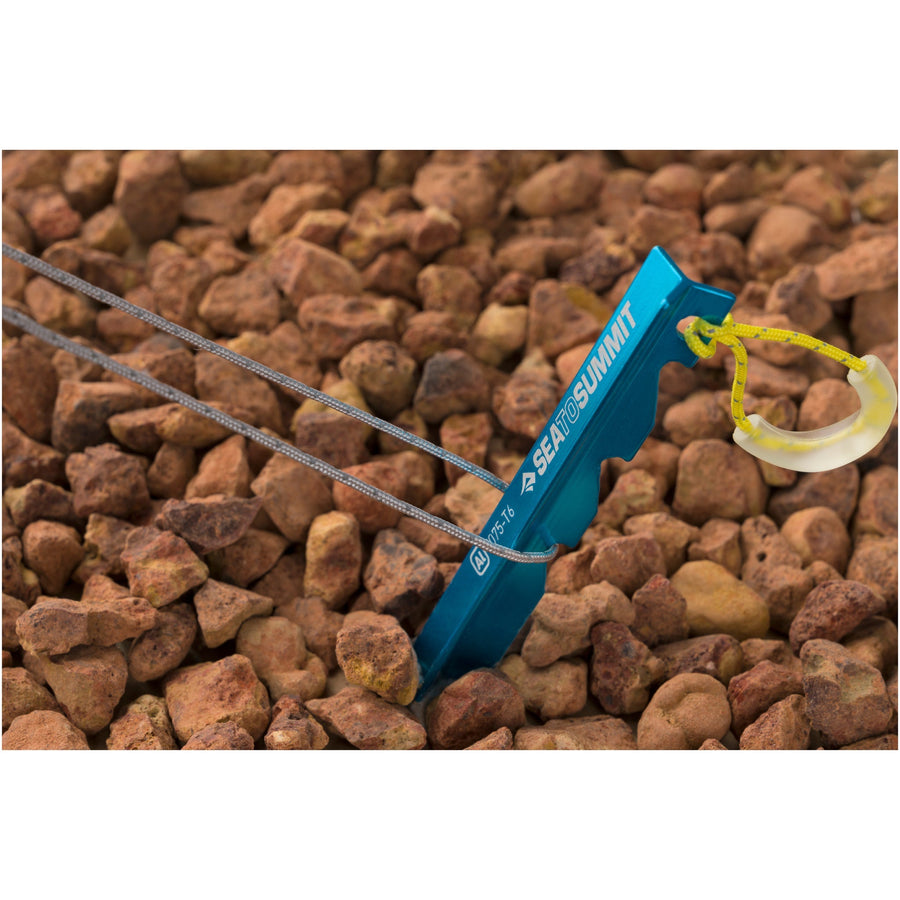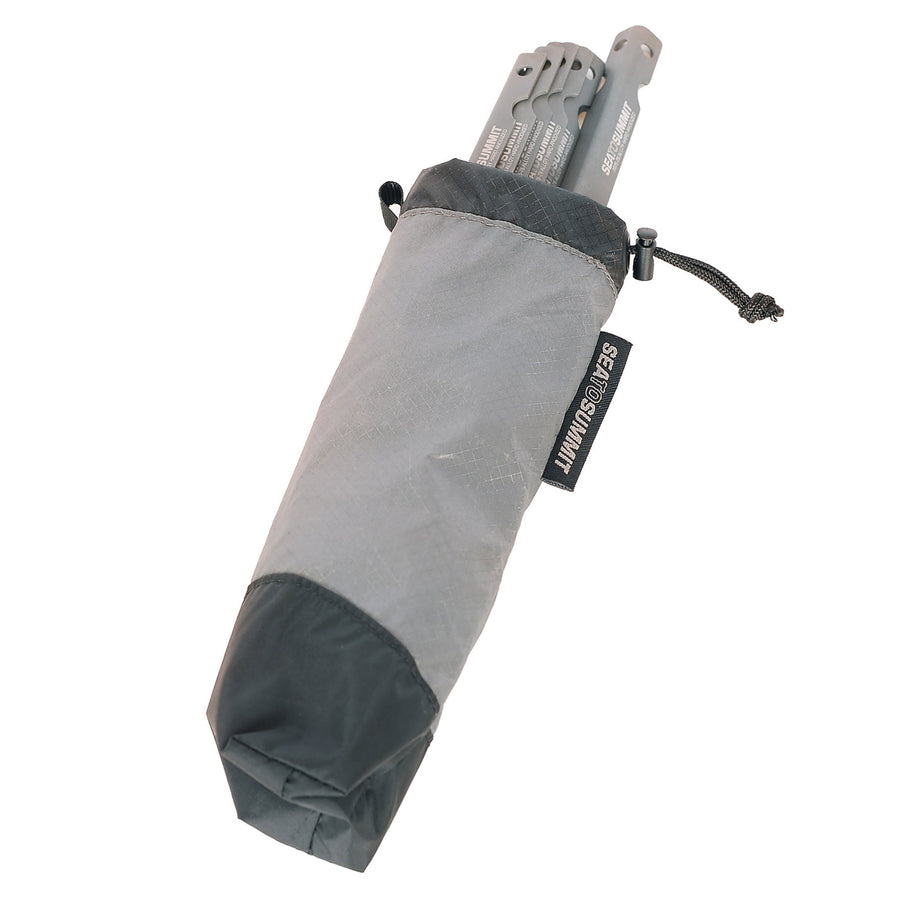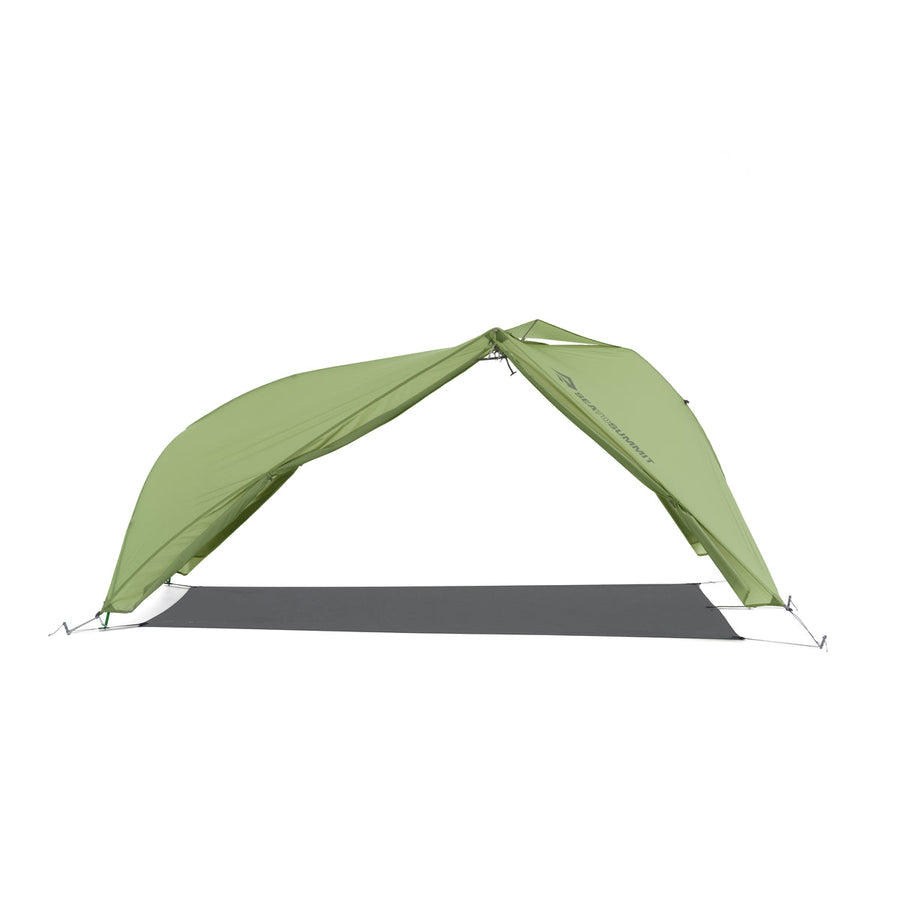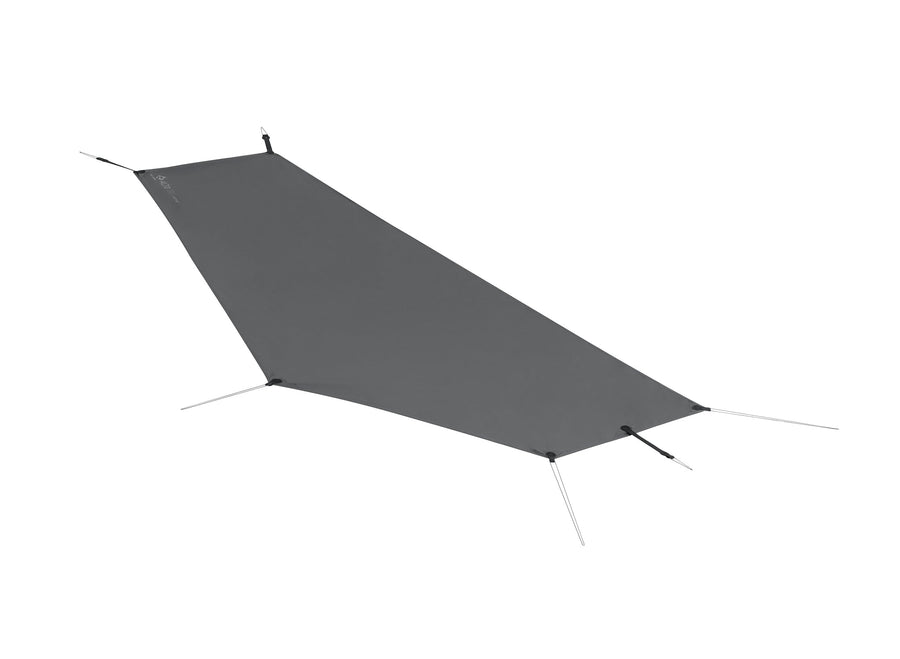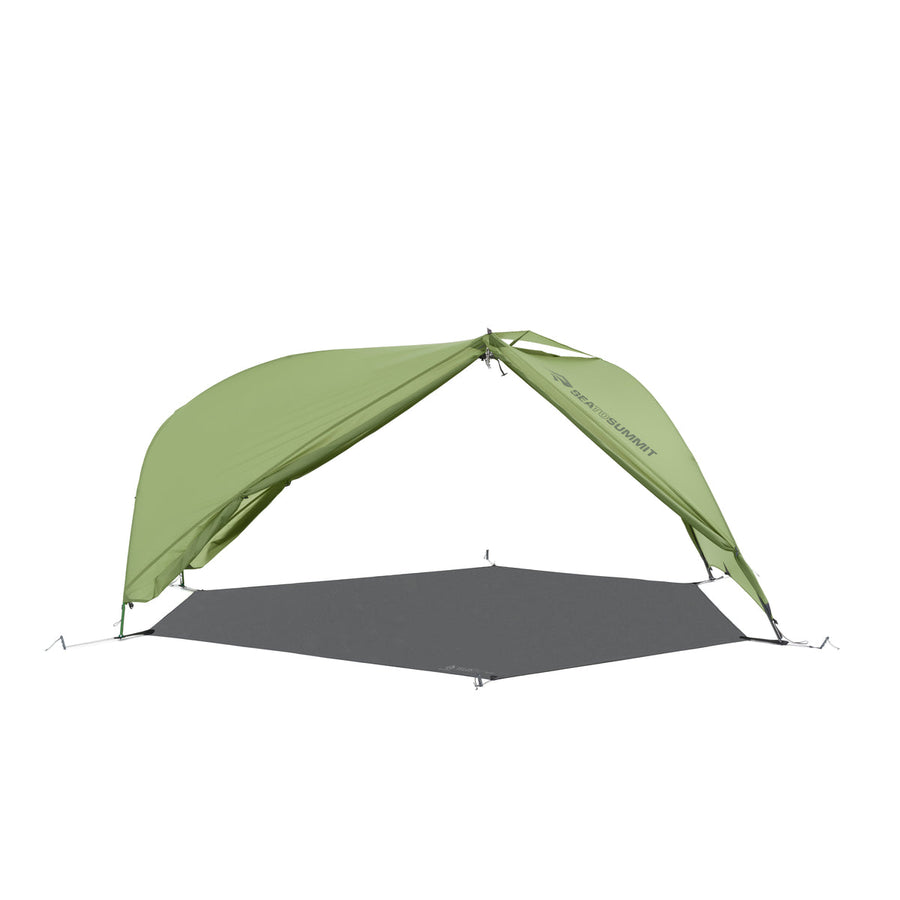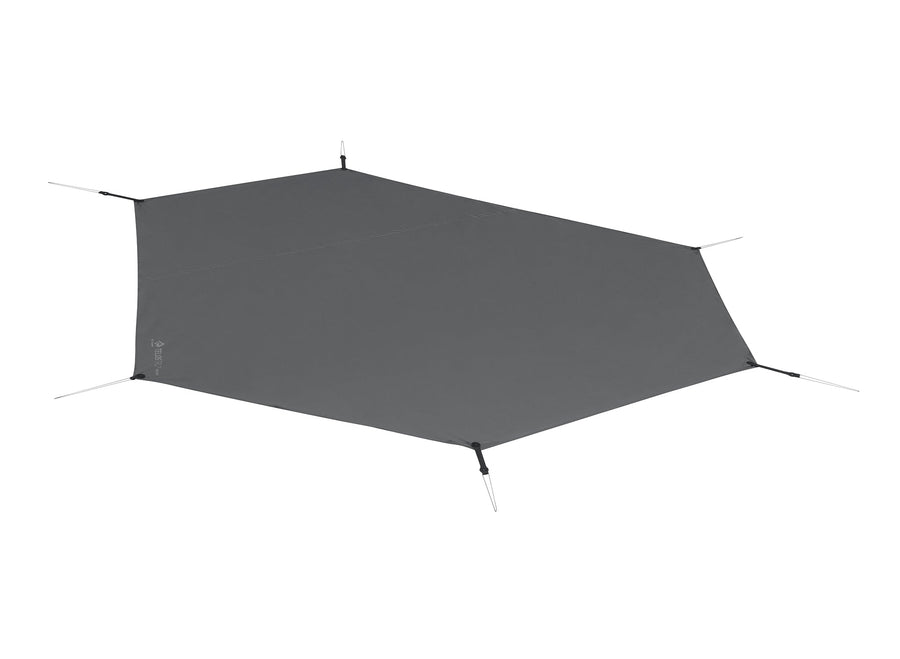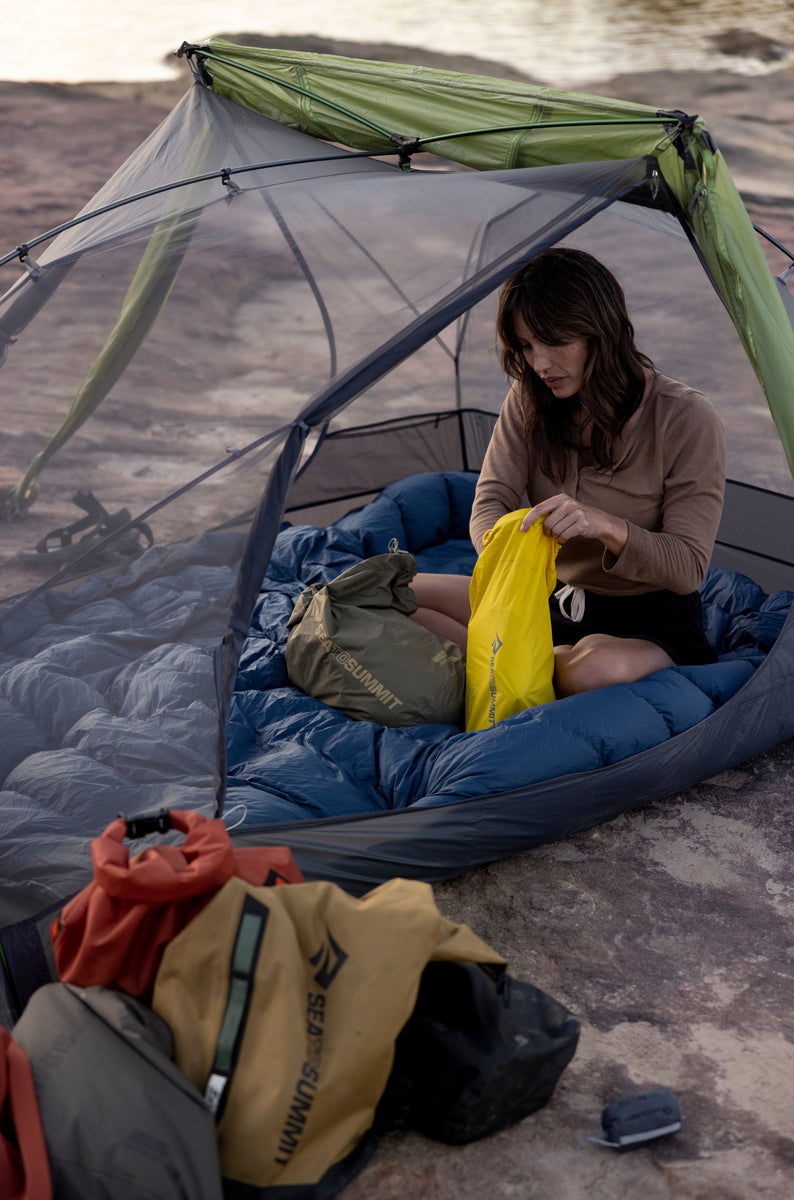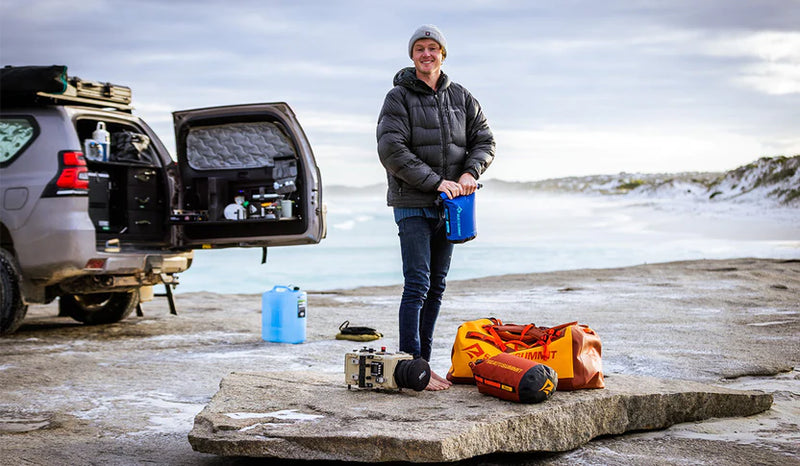How to Clean a Tent
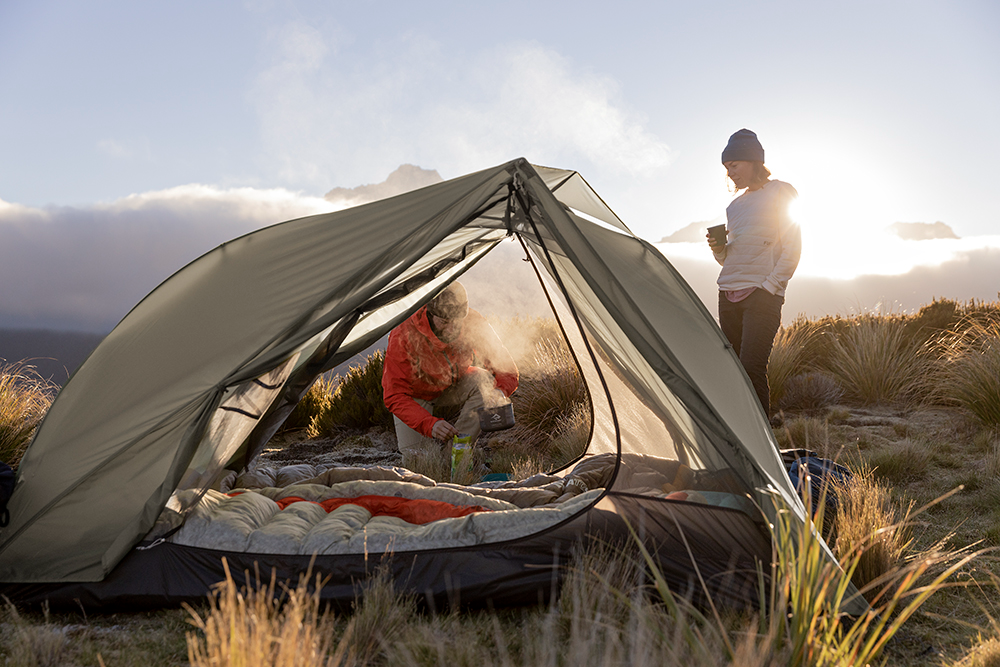
Unforgettable memories aren’t the only thing you can expect to bring back from your camping trip, as debris from the great outdoors is likely to join you on your return home too.
And when you invest in a high-quality tent, it makes sense to keep it fresh and clean so you can use it time and time again.
This guide reveals how to expertly clean a tent, so you can lift stains, remove mould, neutralise musty outdoor odours and get rid of any mud or debris that may have stuck to or fallen in your tent.
Top Tips for Cleaning Your Tent
Unfortunately, cleaning your tent isn’t always the easiest of tasks. In this section, we’ll explain the do's and don'ts, simplify the tent cleaning process and reveal how to effectively wash your tent.
If you’re wondering how often you will need to clean your tent, the answer depends on how frequently you use it. It’s key that you wash your tent after any extended camping trip, especially if it has been raining, was muddy or your tent was exposed to nature’s elements.
Even if it hasn’t been a muddy affair and it was only a short trip, we would recommend giving your tent a simple clean. Or if it remains nearly untouched, a clean once per season will suffice.
Things to Avoid When Cleaning Your Tent
Although it may be tempting, there are some things you should never do when cleaning your tent, this includes putting your tent in a washing machine as it can cause the tent’s outer material or interior mesh to tear, and it could also cause your washing machine to break due to the weight of the wet tent.
If you don’t have a bathtub you can wash your tent in, in most instances you can hose down a tent with the help of a bucket, sponge and mild soap, but you have to take into consideration the pressure of the hose. A hose fixed on a high-power setting can cause rips and tears in your tent. Similarly, you should never use a pressure washer when cleaning your tent as it can also drag the seams of your tent and cause them to split.
Step-by-Step Tent Cleaning Process
The most effective and safest way to clean your tent is outlined in the steps below:
If soaking in a bath/container (preferred) you will need:
- Outdoor gear cleaner, such as Nikwax Tent & Gear Cleaner
- Sponge/cloth
- Washing line/airer
Steps for washing in a tub:

- Prep: Open your tent fully, in a garage or your garden, unzipping all the interior rooms, doors, tent windows or other flaps and reverse the tent so it’s inside out.
- Tidy: Ensure there is no remaining debris or litter inside your tent, use a dustpan and brush to clear any loose mud or crumbs.
- Spot clean: If there are some stubborn stains on your tent, make sure to spot clean with a wet sponge and a drop of mild washing-up liquid, and pay extra attention to dirt marks that have appeared. Do not use any high-strength cleaners like bleach.
- Soak: Fill your bathtub or large container with cold to tepid water and add an outdoor camping gear cleaner, submerge the tent so it is fully covered and give everything a good swill.
- Re-rinse: Once the tent has been soaked, drain the bath and refill it with new water, rotating the tent in the bath to ensure all remaining muck or soap is removed.
- Dry: nce you’ve wrung out any excess water, air out your tent. It’s best to pitch the tent to air it fully but your washing line or on an indoor airer can be used too. If you’re using a washing line reposition the fly and inner every hour or so to avoid mishaping. DO NOT use a dryer.
If cleaning outdoors, you will need:
- Bucket
- Sponge
- Mild soap, free of strong detergents and added fragrance, or specific outdoor gear cleaner
- Spray bottle
- Hose
- Washing line/airer
Steps for washing outdoors:
- Repeat the Prep, Tidy and Spot Clean steps from the previous section, then:
- Hose down: Use your garden hose to wash the exterior of the tent, making sure no area is left dry. Use a garden hose or bucket of water to entirely rinse down the outside of the tent.
- Spray: Purchase a spray bottle of camping gear cleaner or use an empty spray bottle and create a mixture of cleaner (using the amount recommended by the manufacturer) and water and spray this all over your wet tent. Make sure to open up the interior and spray clean the inside of your tent too. Then wipe away the cleaning solution with a damp sponge.
- Repeat hose down: Reusing your garden hose, make sure to rinse off any remaining mud or cleaning residue.
- Dry: Once you’ve shaken out any excess water, air out your tent. It’s best to pitch the tent to air it fully but your washing line or on an indoor airer can be used too. If you’re using a washing line reposition the fly and inner every hour or so to avoid misshaping. DO NOT use a dryer.
How to Deep Clean Your Tent
If your tent has really taken a beating during your camping trip, it may be worthwhile giving your tent a deeper clean or undertaking a restoration. If your tent is in need of a little more TLC, then you may need to take the following steps:
How to Clean a Mouldy Tent
It’s not uncommon to see mould and mildew appear on your tent. As a tent is a tightly closed space that often faces wet, warm and moist weather conditions, it can become a hotbed for the growth of mould and mildew.
To get rid of mould and mildew on a tent, you will need to give it a deeper clean. You can spray the affected area with a mould and mildew removal solution or, alternatively, it’s also safe to clean your tent and treat the affected area with a mixture of warm water and a few tablespoons of white vinegar in a spray bottle. Don’t be deterred by the smell of white vinegar as this is often used as a household cleaner and the scent fades quite quickly. However, if you’re planning on using the tent soon and can’t stomach the smell we’d recommend the alternative.
How to Remove Tree Sap
When pitching up your tent, it’s best to not choose a spot that’s placed directly underneath a tree, as sap can easily latch onto your tent. If tree sap has made it’s way onto your camping gear, the best way to remove it is by using straight rubbing alcohol and keep wiping until the sap breaks down.
It’s worth noting that you will need to wait until all the residue has evaporated, then re-seal and re-waterproof the affected area.
How to Clean Zippers that No Longer Run Smooth
Tent zippers play an important role in keeping you safe and dry from the elements, so it’s key you keep them in good condition. If your tent zippers are no longer running smooth, you will need to do a more meticulous clean in these areas.
Create a cleaning solution using a mixture of boiling water and white vinegar and use a toothbrush to brush the zipper’s teeth to remove any build-up of debris.
Keeping Your Tent Clean at Camp
There are also things you can do at camp to keep your tent clean and this will ultimately prevent the need for deep cleaning once you return home. Some handy tips for keeping your tent clean while camping include:
- Keeping shoes at the door or outside the tent if you have a porch area
- When you pitch up make sure you place your tent away from any water or wet, muddy areas
- Keep a bag for any litter and reseal any leftover food. Our Trash Sack makes the perfect re-usable solution to add to your kit.
- Use compact storage to separate and organise your belongings
How to Store Your Tent to Prevent Mould
Storing a tent damp can lead to hydrolysis. Essentially, this is when the PU coating breaks down and becomes sticky (the fabric may stick to itself as you unroll the tent). If you catch this early, you may be able to rescue the coating – beyond a certain point there is no way to fix it.
To help avoid this, it’s important to store your tent dry and loosely packed somewhere it can air, rather than tightly stuffed in a compression bag or airtight container, this will also prevent mould from appearing.
Next steps…
Be prepared for your camping trips any time of the year with the right equipment. At Sea to Summit, we specialise in lightweight tents, sleeping bags and a wide range of camp kitchen essentials designed to make your trip as enjoyable as possible. Browse the full collection and update your camping kit ahead of your next adventure.
